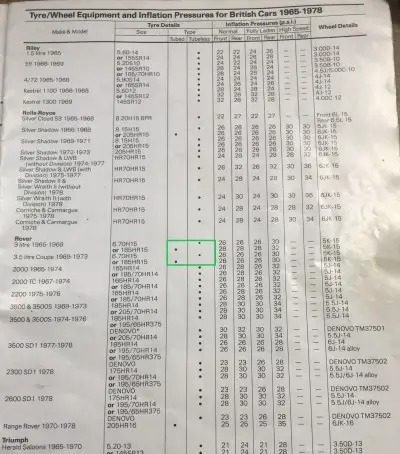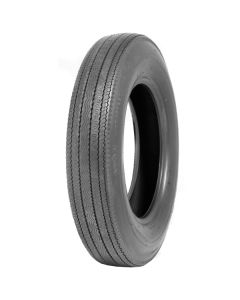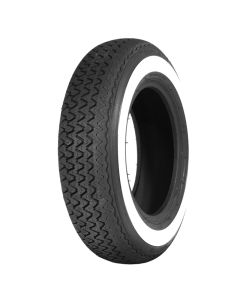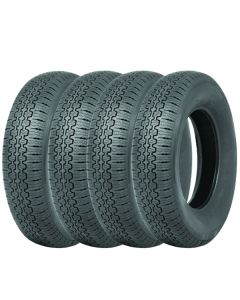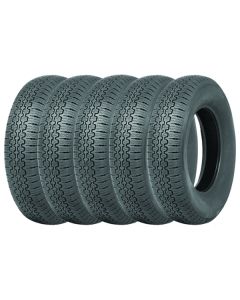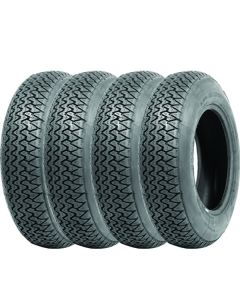Rover P5 Tyres
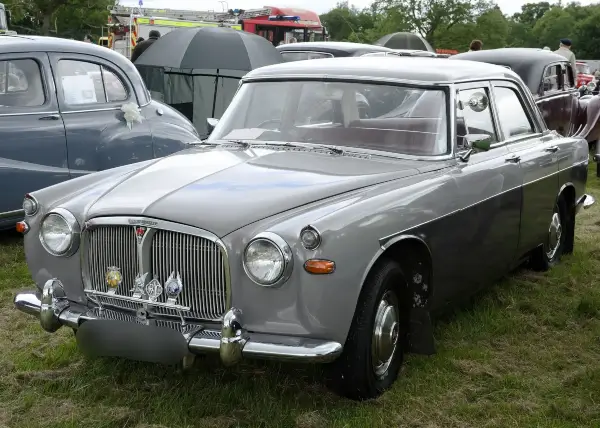
1962 Rover P5 3 litre
Rover P5 1958–1967
- The original equipment tyre on the Rover P5 was the crossply 640 H 15 Avon Super Safety. This tyre is still available, and if you want to stick with the light steering and smooth ride of a crossply tyre then Longstone thinks the Avon is still the best tyre suited to a Rover P5.
- For this tyre the Michelin 15F is the ideal innertube.
- Today however many people driving a Rover P5 often want the improved directional stability, longevity and grip of a radial tyre. The 180 HR 15 Michelin XAS is the best; its nice thin asymmetric tread pattern will not make the steering as heavy as other radial tyres of this size.
- We have no doubt that fitting the 180 HR15 Michelin XAS asymmetric tyres will make your Rover P5 handle and look better than any other road tyres, and we have an excellent deal when buying sets of 180 HR 15 Michelin XAS in either 4 or 5 tyres.
- For these tyres the Michelin 15E is the ideal innertube.
- Our period Dunlop Fitment Guide suggests that from 1965 some later P5 models were released on tubeless wheels. Innertubes are not required for these wheels. Models made before 1965 require innertubes in order to function.
Rover P5

History of the Rover P5
The Rover P5 (often known as the 3-Litre and 3½ Litre after the engine size) was a big saloon (or coupe) manufactured from 1958 to 1973. It was a substantially bigger vehicle than the P4, which it replaced in some ways. The P5, dubbed "the poor man's Rolls-Royce" was a favourite of British Prime Ministers and government officials at the time. The Queen is claimed to have preferred driving her P5. The Rover P5 was introduced in September 1958 as the "3-litre" It was powered by a 2,995cc straight 6 engine with an overhead intake valve and a side exhaust valve, an odd layout inherited from the Rover P4 and capable of producing 115 horsepower.
Optional features were an automatic transmission, overdrive on the manual gearbox, and Burman power steering, with overdrive becoming standard in May 1960. The original Girling braking system employed 11-inch drums all around, but this was a huge car, and by the London Motor Show in October 1959, Girling front-wheel power disc brakes had made their debut on the front wheels.
The suspension was independent at the front, with wishbones and torsion bars, and featured a live axle with semi-elliptic leaf springs at the back. By the end of the first Mark I series manufacturing in 1962, 20,963 had been produced. An automatic version evaluated by The Motor magazine in 1960 had a maximum speed of 95 mph and a 0-60 mph time of 17.1 seconds. The fuel usage was 20.5 mpg. The test vehicle cost £1864 incl. taxes. In 1962, the Mark II version of the P5 was launched. It had higher power (129 bhp) from the same 3.0l engine, as well as better suspension.
The Coupé body style, which debuted in the autumn of 1962, was the most noticeable addition to the range. Unlike most coupés, which are two-door variants of four-door saloons, this one retained the four doors and had the same length and width as the saloon, but it featured a 2.5-inch lower roofline and thinner b-pillars, giving it the impression of a hardtop.
The Coupe was standard with hydrosteer, while the Saloon had it as an option. The Mark II was built until 1965, with a total of 5,482 coupés and 15,676 saloons made. The Mark III debuted at the London Motor Show in October 1965 and was regarded as "even more luxuriously trimmed and furnished" at the time. It was once again offered in two 4-door body styles: coupé and saloon. The Mark III's engine was the same as its predecessor's, but it now generated 134 horsepower. Externally, the full-length trim strip along the body and Mark III badging set it apart. The rear bench seat was replaced inside with two separately moulded rear seats, making it more comfortable for four people but less so for five.
By the time manufacturing stopped in 1967, 3919 saloons and 2501 coupés had been sold. The P5's last model debuted in September 1967. The automobile was badged as the "3.5 Litre" and was widely known as the 3.5 Litre Litre. It was now powered by the 3.5l Rover V8 engine, which was also used in the 3500. Buick, the engine's creator, provided the last letter in the "P5B" model designation. Rover did not have the cash or time to create such engines, so they decided to redevelop the lightweight aluminium idea that Buick had failed to commercialise. They made it much stronger, which added weight while keeping the engine's light and compact qualities. The automated Borg Warner Type-35 transmission, hydrosteer variable-ratio power steering, and front Lucas fog lights were now standard.
160bhp was stated, as well as increased torque. When compared to its predecessor, the aluminium engine allowed the automobile to offer superior performance and fuel economy due to the increased power and lower weight of the power unit. The appearance remained essentially intact, with the exception of prominent '3.5 Litre' badging, a pair of fog lights added below the headlights, resulting in a dramatic four-light array, and the addition of chrome Rostyle rims with black painted inserts. Until the end of manufacturing, the P5B was available in both 4-door coupe and saloon body styles. Production stopped in 1973, with 9099 coupés and 11,501 saloons produced.
Innertube Guides
